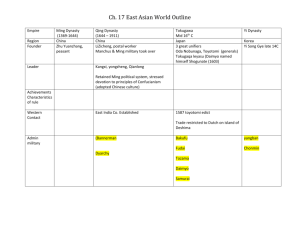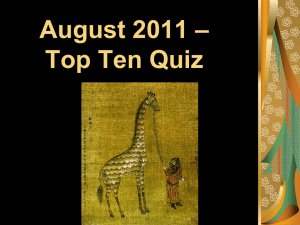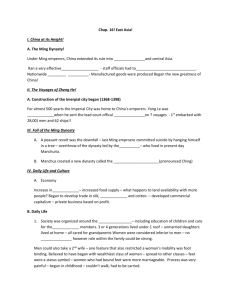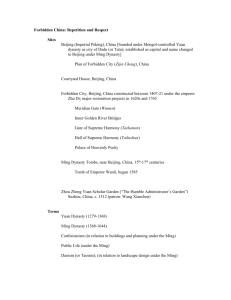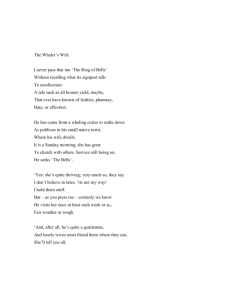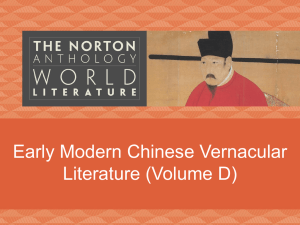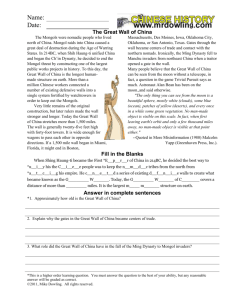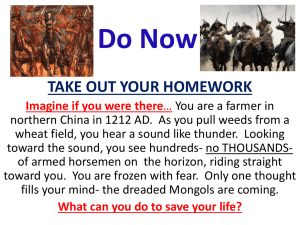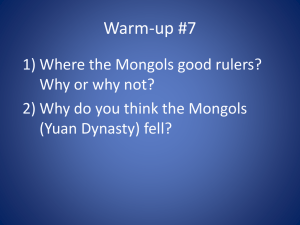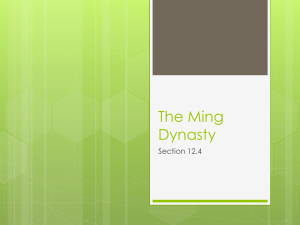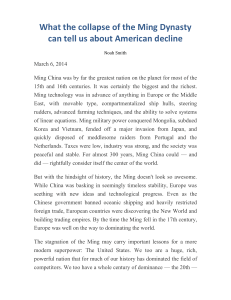Stories from a Ming Collection
advertisement
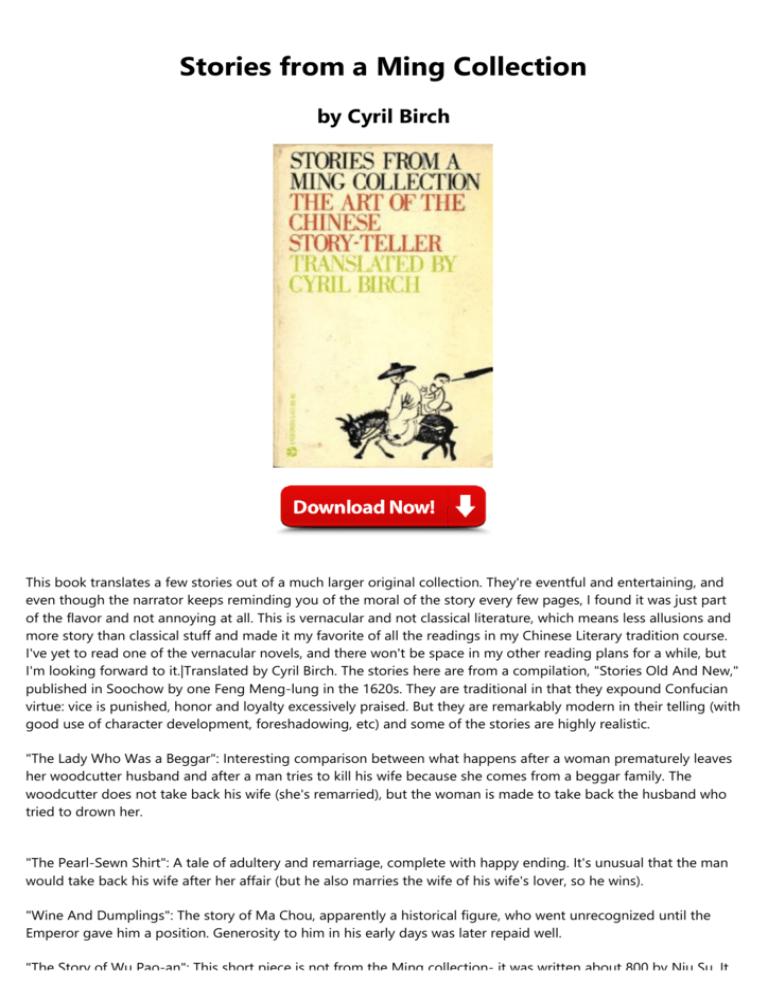
Stories from a Ming Collection by Cyril Birch This book translates a few stories out of a much larger original collection. They're eventful and entertaining, and even though the narrator keeps reminding you of the moral of the story every few pages, I found it was just part of the flavor and not annoying at all. This is vernacular and not classical literature, which means less allusions and more story than classical stuff and made it my favorite of all the readings in my Chinese Literary tradition course. I've yet to read one of the vernacular novels, and there won't be space in my other reading plans for a while, but I'm looking forward to it.|Translated by Cyril Birch. The stories here are from a compilation, "Stories Old And New," published in Soochow by one Feng Meng-lung in the 1620s. They are traditional in that they expound Confucian virtue: vice is punished, honor and loyalty excessively praised. But they are remarkably modern in their telling (with good use of character development, foreshadowing, etc) and some of the stories are highly realistic. "The Lady Who Was a Beggar": Interesting comparison between what happens after a woman prematurely leaves her woodcutter husband and after a man tries to kill his wife because she comes from a beggar family. The woodcutter does not take back his wife (she's remarried), but the woman is made to take back the husband who tried to drown her. "The Pearl-Sewn Shirt": A tale of adultery and remarriage, complete with happy ending. It's unusual that the man would take back his wife after her affair (but he also marries the wife of his wife's lover, so he wins). "Wine And Dumplings": The story of Ma Chou, apparently a historical figure, who went unrecognized until the Emperor gave him a position. Generosity to him in his early days was later repaid well. "The Story of Wu Pao-an": This short piece is not from the Ming collection- it was written about 800 by Niu Su. It is a clumsily-crafted tale of extreme loyalty. "The Story of Wu Pao-an": This short piece is not from the Ming collection- it was written about 800 by Niu Su. It is a clumsily-crafted tale of extreme loyalty. "The Journey Of the Corpse": This is a retelling of the Wu Pao-an story, four hundred years later. The character development, the pacing and the emotional content are much better dealt with now. Wu Pao-an worked for ten years, abandoning his wife and child, to ransom Kuo Chung-hsiang from the barbarians. This was considered highly virtuous. "The Canary Murders": Probably a true story about a murderer who was caught only after someone else had been executed. In all, seven people lost their lives as a consequence of the murder's actions. "The Fairy's Rescue": My least favorite Ming story, both in content and style. Too much irrelevant citation of poetry. About a supernatural being, disguised as an old man, who marries a young girl, and her brother's search for her. The brother's anger at the old man taking away his sister keeps him from rising to a high position in heaven. |A collection of Ming period stories. The Ming Dynasty was a time that fiction flourished. In particular travelling storytellers served the interests of the working class public so these stories popularized colloquial formats in writing and recitation. These tales are similar to some of our familiar folk tale forms in that they always involve a moral lesson of somekind and sometimes incorporate mystical elements such as fairy's or ghosts. I didnt read all the tales but I'll go back to finish the last few when I have a lazy Sunday afternoon and a cup of coffee.|This is a terrific starting point for people who want to read some Chinese literature from the past. The stories are short and light. The characters and their setting come from the late Ming dynasty, a time when old traditions were beginning to fade, yet Chinese culture would continue to emerge. Ghosts, food, sex, friendship, and justice, from Feng Menglong in 1624, read all about it!|Feng Menglong was the great compiler of vernacular fiction and ghost stories in the mid-Ming dynasty. Almost all Chinese ghost stories have some sort of supernatural, other-worldly aspect, and most have Buddhist or Daoist influences. Some are adaptations of Yuan and early dynasty love stories and court dramas.
